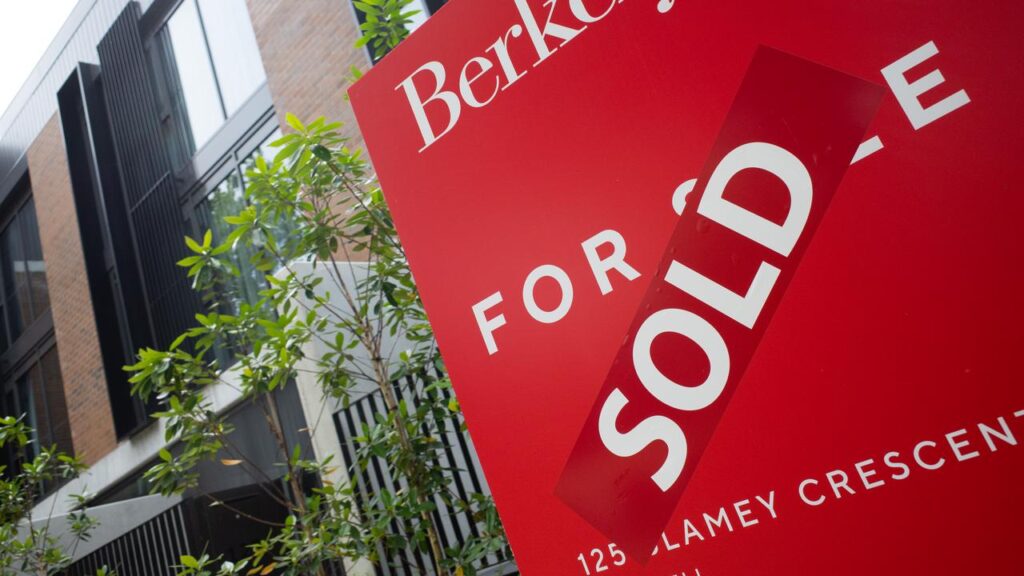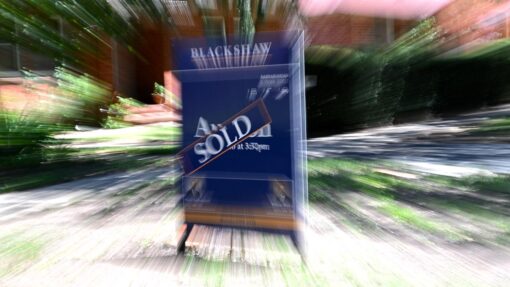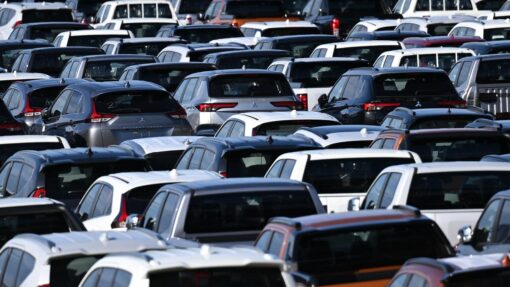Solutions in short supply as housing market heats up
Tom Wark and Jacob Shteyman |

Aspiring home owners are facing more headaches as stimulus measures bring supply challenges into sharp focus.
An expansion of the first-home buyer scheme appears to have turbocharged the growth in house prices that had already been occurring since the Reserve Bank started cutting interest rates in February.
In October, home prices grew by 1.1 per cent nationally – the fastest monthly growth rate since June 2023 – according to property analytics firm Cotality’s latest home value index, published on Monday.

Blame is being laid squarely at the federal government for failing to build more homes, with the opposition housing spokesman saying lifting demand without a requisite supply is failing young people.
“Under the last government, we were getting about 200,000 houses a year on average,” opposition housing spokesman Andrew Bragg said.
“Now we’re down to 170,000 a year on average.”
However, the government is adamant its Housing Australia Future Fund will provide the impetus to stimulate supply and the deposit guarantee scheme will not drive up house prices in the long term.
“We know increasing house prices are in large part because of lower interest rates and governments at all levels not building enough homes for 40 years,” a spokesman for Housing Minister Clare O’Neil said in a statement.
While there was still a lack of data about uptake levels for the deposit guarantee scheme, Cotality research director Tim Lawless said it was likely the program was amplifying demand.
“It’s a pretty clear acceleration that we’ve been seeing since February,” he told AAP.
“But it’s fair to say, October does seem to be a bit of a stronger step upwards.”
“You’d have to think, without having any numbers from Housing Australia or anything like that, this is going to be adding some further demand to the marketplace at a time when supply levels are already quite scarce.”
Anecdotally, the middle to lower end of the market, where suburbs or properties were under price caps for the scheme, had experienced the strongest growth, Mr Lawless said.
The rush of buyers looking to take advantage of the five per cent deposit scheme has left just 47 per cent of suburbs nationwide with median house values below the eligibility threshold in October, down from 51 per cent two months prior.

“The more desirable suburbs, where you still can find a home under the price caps, are going to become scarcer and scarcer,” Mr Lawless said.
Perth was the fastest-growing capital city, up 1.9 per cent across the month, while Brisbane rose 1.8 per cent and Adelaide 1.4 per cent.
Sydney and Melbourne grew 0.7 and 0.9 per cent respectively.
While increased demand was pushing up prices, struggles with supply are still by far the biggest contributor to home price hikes.
States insist they are doing everything they can to boost house building, with NSW Premier Chris Minns saying he was worried about the rise in prices.
“We’re pulling every lever possible to get more apartments, more homes … onto the market so the next generation can get a roof over their head,” he said on Monday.
Some success on supply was flagged by the Australian Bureau of Statistics, with building approvals rising 12 per cent in September.
The bumper figure is largely thanks to apartment approvals rising 81.7 per cent from August, representing the most green-lighted units since December 2022.
But new free-standing houses are still stalling as the number of approvals is only in line with this time in 2024.
Queensland’s house approvals slipped 6.9 per cent in September but the state government insists it is on the right track to get houses off the ground.
“We’ve made a start in trying to deal with supply and trying to deal with taxation … I want aspiration to return to the home market,” Premier David Crisafulli said.
AAP


